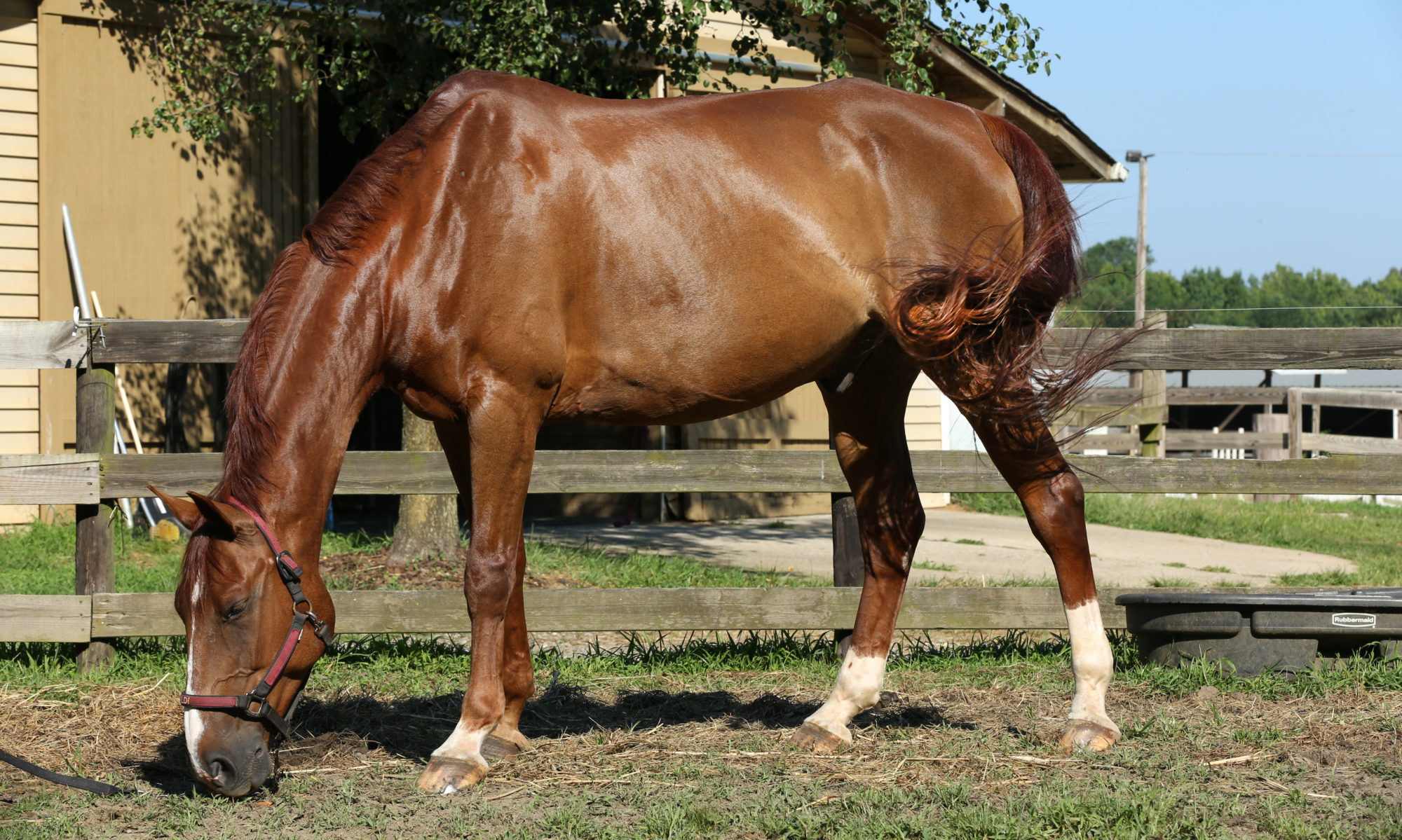Have you ever been hit in the face by a horse’s tail? I have many times, and I can tell you it stings! After I told this story to David Hu, we both became very curious as to why mammals need to deliver so much force with their tails. And that’s how we began our study into how mammals use their tails to defend against insects, which we published in the Journal of Experimental Biology.
Most people, including scientists and animal caretakers, have always assumed that mammals swish their tails in order to protect themselves from attack by hungry biting insects. But we wanted to prove that this was true and understand how exactly the tail is an efficient insect repellent.
The first thing we did was film animals swishing their tails at Zoo Atlanta and Falcon Ridge Stables in Atlanta, GA. We measured the frequency of the tail swishes, or how many times the animal swishes its tail per second. We were surprised to discover that the animals swish their tails 3 times more per second than a pendulum swinging under its own weight. This means they’re using 27 times more energy in their tail swishes. Why do they need to swish their tails so often?
To answer this question, we built the mammal tail simulator, a cylindrical tube with a fan attached to a board at the top of the cylinder. We obtained mosquitoes from the CDC and placed 10 of them inside the simulator. We ran the fan at different speeds and determined how many mosquitoes were able to fly past it at each speed. From these experiments, we found that at the animal tail’s tip speed, which is the same speed at which a mosquito flies, 50% of the mosquitoes were unable to fly past the fan. So animals swish their tails so fast to keep a greater number of bugs away from their bodies! Of course the faster we spin the fan, the fewer mosquitoes were able to fly by it. However, the faster an animal swishes its tail, the more energy it has to expend. So it’s probably not energetically worth it for the animal to swish their tail as fast as physically possible.
How does this work exactly? Are the mosquitoes running into the fan blades, or are they being blown away? We first asked this question when we attempted to use an imitation horse tail to hit a mosquito in the lab. We wanted to know if a tail could actually kill a mosquito, but it turns out we don’t have great aim. We ended up totally missing the mosquito, but we noticed that the mosquito still flew away. With the mammal tail simulator, we could finally understand why this happened.
We tracked mosquitoes flying in the simulator using computer software while the fan was off and when it was rotating at 6Hz, or 380 cm/s. When the fan was spinning, the mosquitoes fly up until they are 1.5 cm below the fan blades, and then fly 2 times farther down to land than when the fan is off. The fan blades are generating a small air flow that the mosquitoes don’t feel until they are very close, but then get blown away. So our mammals are actually creating a small wind that can blow mosquitoes away!
The tail can block 50% of mosquitoes from landing on it, but what about the other 50%? Some bugs will inevitably make it past the swishing tail, but thankfully the animals have another mode of tail defense: the swat. A mammal can target an insect that has landed on it’s body by swinging their tails faster and higher than during a swish. How do they control the tail during this change in their regular motion?
We modeled the tail as a double pendulum, a pendulum with two links that are connected to one another, and used equations of motion to mimic the tail swat of a giraffe and an elephant in a computer simulation. We found that the animal only needs to change the torque applied at the top of their tails to accurately target an insect on its flank. This is a simple method of controlling a double pendulum, which can be quite a chaotic movement.
